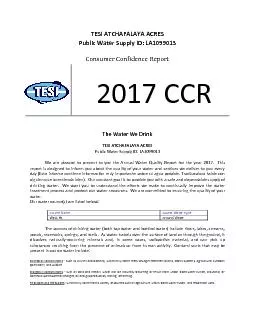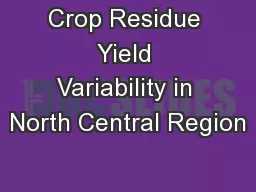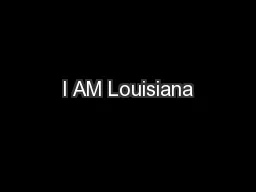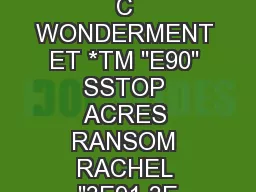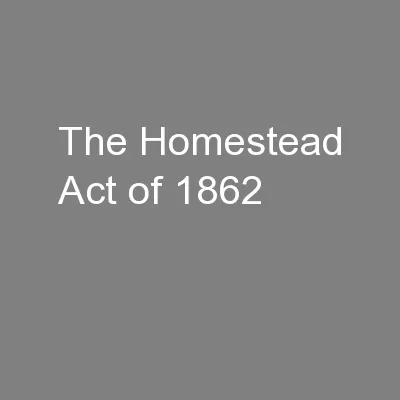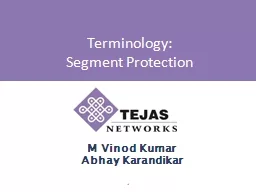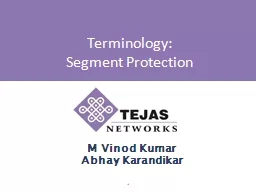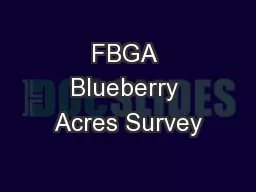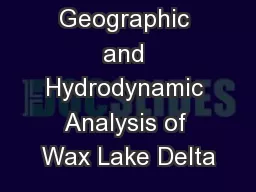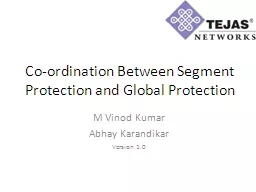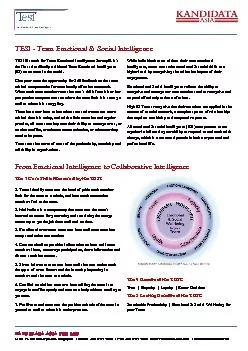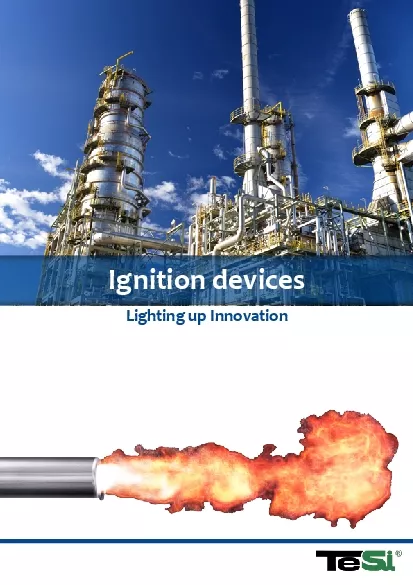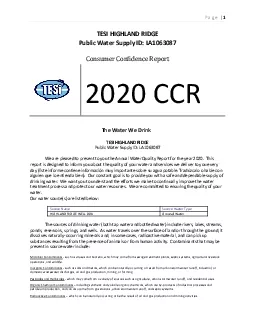PDF-TESI ATCHAFALAYA ACRES
Author : jacey | Published Date : 2021-06-06
Public Water Supply ID LA1099013 Consumer Confidence Report The Water We Drink TESI ATCHAFALAYA ACRES Public Water Supply ID LA1099013 We are pleased to present
Presentation Embed Code
Download Presentation
Download Presentation The PPT/PDF document "TESI ATCHAFALAYA ACRES" is the property of its rightful owner. Permission is granted to download and print the materials on this website for personal, non-commercial use only, and to display it on your personal computer provided you do not modify the materials and that you retain all copyright notices contained in the materials. By downloading content from our website, you accept the terms of this agreement.
TESI ATCHAFALAYA ACRES: Transcript
Download Rules Of Document
"TESI ATCHAFALAYA ACRES"The content belongs to its owner. You may download and print it for personal use, without modification, and keep all copyright notices. By downloading, you agree to these terms.
Related Documents

